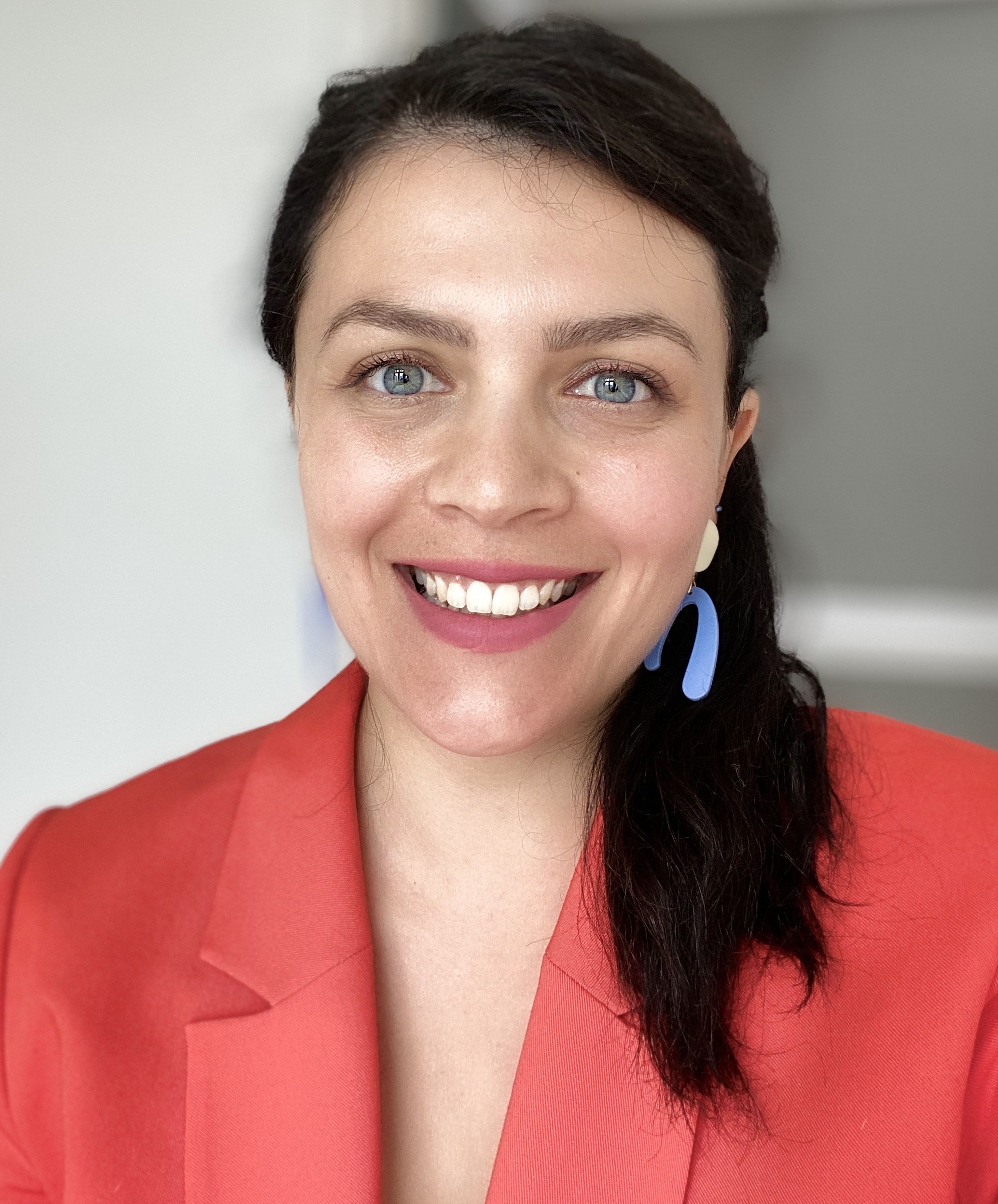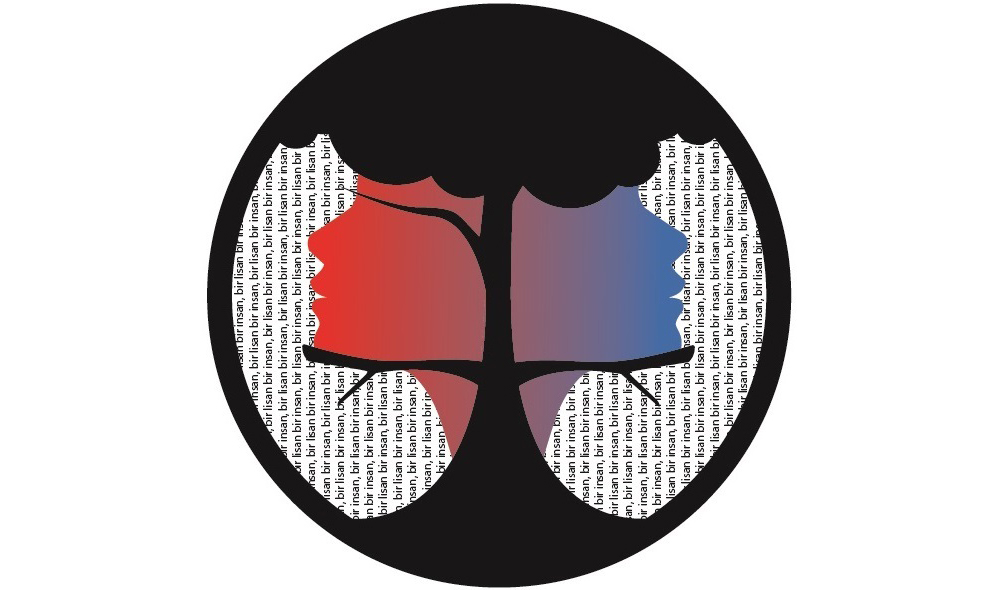1. What was the main question in your dissertation?
Due to increased globalization and immigration, many countries’s demographics consist of people with different language and cultural backgrounds. This means that people who speak different languages come into contact with each other daily, for example Spanish and English in the United States or Turkish and Dutch in the Netherlands. Growing up bilingually as a result of such language contact is not the exception and this brings up the question: How does language contact influence bilinguals’ language and communication? This was the main question of my dissertation. Additionally, we know that everyone uses gestures and that there are differences in how often and in what ways people gesture in different cultures. Despite gestures being a part of the communication, until I worked on this, we didn’t know what happens to people’s gesturing habits when languages come into contact. This was why I also studied the gestures of bilinguals. 
We know from previous research that when languages come into contact, there are some changes in the way speakers communicate. For example, in Spanish, pronouns (e.g., yo ‘I’, ella ‘she’) are not always used, only when speakers want to emphasize the subject of the sentence. In English, however, pronouns have to be used in every sentence. We know from previous studies that Spanish-English bilinguals in the US start to use pronouns in Spanish more often than people who only speak Spanish and no other language (also called monolinguals), due to English influencing their Spanish. As Turkish is similar to Spanish and Dutch is similar to English with regard to how pronouns are used, I investigated whether differences in pronoun use would also emerge in the Turkish-Dutch bilinguals.
I focused on how speakers talk about third person characters in a narrative, specifically how they introduce and maintain pronouns to refer back to those characters. Dutch people use full phrases for first introductions but use pronouns right after to refer to the same people (Roos wil TV kijken. Ze doet de TV aan [Roos wants to watch TV. She turns on the TV]). However, Turkish people normally don’t use pronouns, as the listener can usually understand who the referent is from the verb (Roos televizyon izlemek istiyor. Televizyonu açıyor [Roos wants to watch TV. Turns on the TV]).
As for gestures, we didn’t know whether there would be differences in gesturing habits between Turkish and Dutch people, but since Mediterranean cultures usually gesture more often, we thought that Turkish speakers would gesture more than Dutch speakers. Indeed, this is what I found in my study.
3. Why is it important to answer this question?
It is important to understand whether and how a language undergoes changes when its speakers come into contact with another language. This helps us understand how languages change as a result of language contact. The findings can also be helpful in developing policies and practices to ensure that bilingual speakers have the opportunity to hear, and keep using, their home language (in this case Turkish), and to minimise language loss over time.
4. Can you tell us about one particular project?
My dissertation chapters are all based on one big project, focusing on different aspects of the project.
5. What was your most interesting/ important finding?
In Chapter 4 titled “Language Contact Does Not Drive Gesture Transfer“, I asked what happens to gestures when two languages that differ in the extent to which people use gestures, come into contact. To answer this question, I first investigated whether it was indeed the case that Turkish (monolingual) people gestured more than Dutch (monolingual) people. Overall, the Turkish speakers gestured more than Dutch speakers. Then, I investigated the gestures of Turkish-Dutch bilinguals when they were speaking Turkish and when they were speaking Dutch. Even though bilinguals grow up being exposed to two different communication systems (Turkish and Dutch), I found that they gestured like monolinguals in each respective language. Bilinguals gestured as much when speaking Turkish as monolingual speakers in Turkey. Also, when the bilinguals spoke Dutch, they gestured less than when they spoke Turkish and equally often as monolingual Dutch speakers in the Netherlands.
6. What are the consequences/ implications of this finding? How does this push science or society forward?
Even though the amount of gesturing differs between Turkish and Dutch people, I did not find that contact between these languages (in bilinguals) changed how much they gestured in each language. These bilinguals gestured in each language as much as monolingual Turkish and Dutch speakers. So, even though there is contact between two languages, in particular language/culture-specific gesturing patterns, in a bilingual person, this contact does not affect how much they gesture. These results show that, contrary to common assumptions, it is possible for speakers with an immigrant background to adjust fully, in both their spoken language and gestures, to the new language of the country they live in, while also retaining the specific patterns of their heritage language.
The findings of my research mean that if bilinguals with an immigrant background have enough opportunities for practice, they can become highly proficient users of each language they grow up speaking. Proficiency in the minority language (in this case, Turkish) does not come at the expense of the majority language (in this case, Dutch). This has implications for education policies about minority languages, for example.
It is important to note that it is very likely that the bilinguals I studied did not show differences, in either speech or gesture, because they use both their languages on a daily basis. Additionally, maintaining language is very important in the Turkish community in the Netherlands and people here still have strong ties with Turkey. This means that for future studies of bilingualism, it is important to consider how much bilinguals actually use each language.
7. What do you want to do next?
At the moment, I am working as lecturer at the Rotterdam University of Applied Sciences. I will continue teaching because that has been my passion from very early on (I studied foreign language education for my bachelor’s degree). Aside from teaching, I am looking into opportunities within the research center at the same university to do practice-based research on language education. Here I could focus on the problems in actual practices of language teaching and learning and contribute new insights and improvement to those practices.
Read more
– Link to dissertation
Interviewer: Merel Wolf
Editor: Julia Egger
Dutch translation: Annelies van Wijngaarden
German translation: Natascha Roos
Final editing: Merel Wolf

